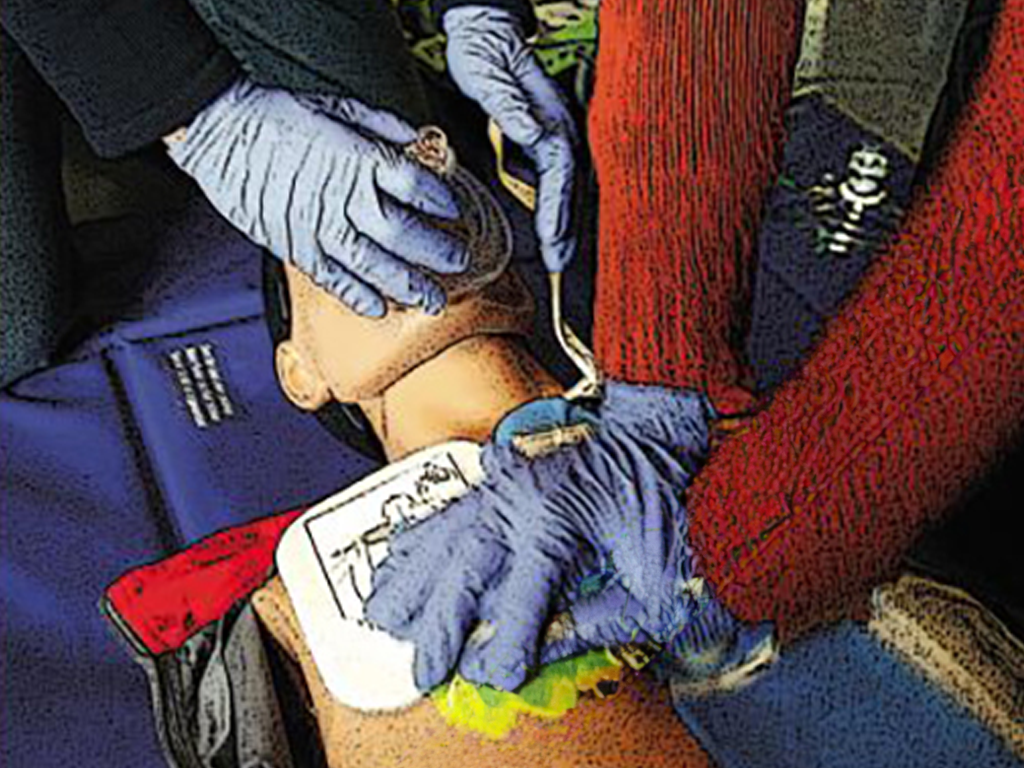 Primary School
Primary School

4656525 / 5551289
The Senses
Sight, Hearing, Smell, Taste, Touch
This DVD shows how we humans use our five senses to get in touch with our environment. The primary school pupils learn in an easily understandable way about the specifics, the use and the sensitiveness of each sensory organ and receive methodically organised information on their structure, function and protection. In addition, the human sensory organs are compared to those of different animals to illustrate similarities and differences. The DVD puts emphasis on the following topics: “Senso- ry Perceptions”, “The Eyes”, “The Ears”, “The Nose”, “The Tongue” and “The Skin”. The DVD is made up of five didactic units that can be inde- pendently accessed via the DVD’s menu structure. Further, the menu includes additional pictures and diagrams. With a variety of worksheets, test questions and colour slides, the curricular contents of the DVD can be captured for a more de- tailed discussion of the topic of the senses in the classroom.
Play trailer
Curriculum-centred and oriented towards educational standards
Matching
Rights and Obligations
Three girls of different ages: Anna is 17, Paula 15 and Lena 13. Before the law, their respective ages have consequences – because children and adolescents have different rights and also obligations.
The Daily Newspaper
Every day, there is a surge of news reaching us via different news channels. In spite of TV and Internet, the daily paper still is one of the most important main sources of news. But how is a newspaper created? The film shows the production of a paper in the course of one day. Starting with the editorial meeting in the morning, in which the topics and deadlines are determined, the film accompanies a journalist during her research work. You can see how a journalistic interview is conducted and what the photographer must consider when taking a press photo. Back in the editorial office, the editor’s work is illustrated, which includes the page layout and the writing of an online article in today’s time. Impressive pictures from the printing centre depict the process from the digital page to the finished newspaper. Together with the comprehensive accompanying material, the DVD is perfectly suited for use at school









